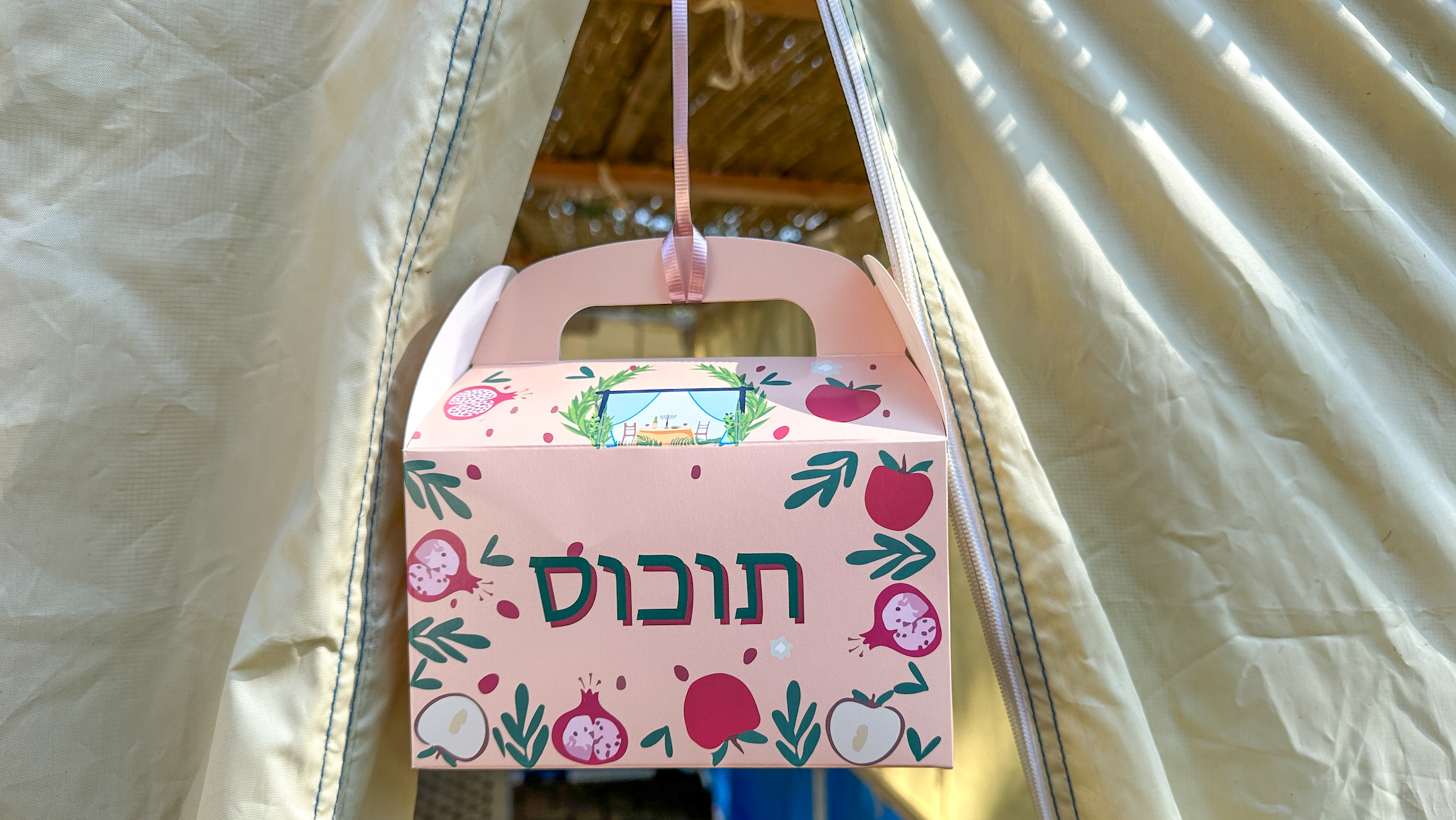Shabbat Gathering: About the Shofar.

Shalom Chevrei, as is our custom, we will gather tonight at 5.45p ct to welcome Shabbat. These are the coordinates:
Zoom
Meeting ID: 883 8469 4181
Password: 822665
Phone: +1 312 626 6799
(To unsubscribe from the newsletter, click the link at the very bottom of this email.)
Here we go.
tekiah-shevarim-teruah-tekiah, tekiah-shevarim-tekiah, tekiah-teruah-tekiah
We all know the shofar is made from an animal horn, but the rest about it might be a mystery for us.
Let’s start with the animal’s horn. Maybe we found the horn out in a field and picked it up. (I wrote that to satisfy the PETA folks.) More likely, we got it when an animal is slaughtered. The animal doesn’t have to be kosher because, for heaven’s sake, we aren’t eating it’s horn. Most of the rabbis say this is ok. And the slaughter of the animal doesn’t have to be kosher either. Preferably the horn comes from a ram to fit in with the story of the Akidah (Abraham’s binding of Isaac up on the mountain). Or maybe it's made from a kudu because it has AMAZNG horns.

A horn isn’t the same material throughout. There’s the hard exterior shell and inside it is filled with cartilage. Our mission is to get the cartilage out. To do that, the horn must be softened by applying heat. We boil it and boil it and boil it for four to five hours and then scoop out the cartilage. Boiling the shofar is also a chance to shape it as the hard, exterior shell is softened. Unfortunately, I have some personal experience with this. Once upon a time, a million years ago when I lived with my family in California, someone gave me a pre-finished shofar. I think occasion was my bar mitzvah. The horn was oddly shaped and couldn’t be used because the tip of the horn, the part where you put your lips, was plugged. But the cartilage was removed. Still, there was no way I could blow through it.
It was a small horn and I had a big pot. I boiled up some water and dropped in the shofar-to-be. About after only an hour in the boiling water, the pot started to stink. Not just stink a little bit, but a lot. And stink doesn’t exactly capture how bad it smelled: My youngest daughter threw up. Well, that put an end to the whole boiling the horn business. We opened all the windows, turned on fans, and aired out the house as best as we could, but the smell persisted for days. I resigned myself to having an oddly shaped horn. To make the mouthpiece, I borrowed a neighbor’s saw and cut off the tip.
My aunt played the cornet and had taught me how to make a sound on her instrument. It isn’t just blowing through it. You have to buzz your lips against the mouthpiece. So I knew how to do that. Then, there is the pattern of the shofar blasts. I learned the patterns and practiced. I started getting kind of ok doing it, but all that practice drove my family crazy. --According to my wife and children, the whole shofar business was turning out to be a bad idea.
The next High Holy Days, I stepped forward and volunteered to blow the shofar during services. I did ok, but it was apparent to everyone I was an amateur. Want to know what a “professional” sounds like? Listen to Shaarei Shamayim’s own Dan Graboise. Shofar isn’t Dan’s primary instrument, that would be French Horn. Dan teaches at the university, has played all over the world, and spent 25 years freelancing in New York City. And when he blows shofar it is a thing of beauty.
-..-
Well I‘m gong to keep this short this week. I‘ve finally moved all my boxes into my new home and am exhausted from the effort. Hey! Thursday night was my first night in my new home! I prayed the Shehecheyanu!
And may it be for all of us a blessing.
See you tonight!
Gut Shabbes!
All my love,
brian.
PS





-30-



